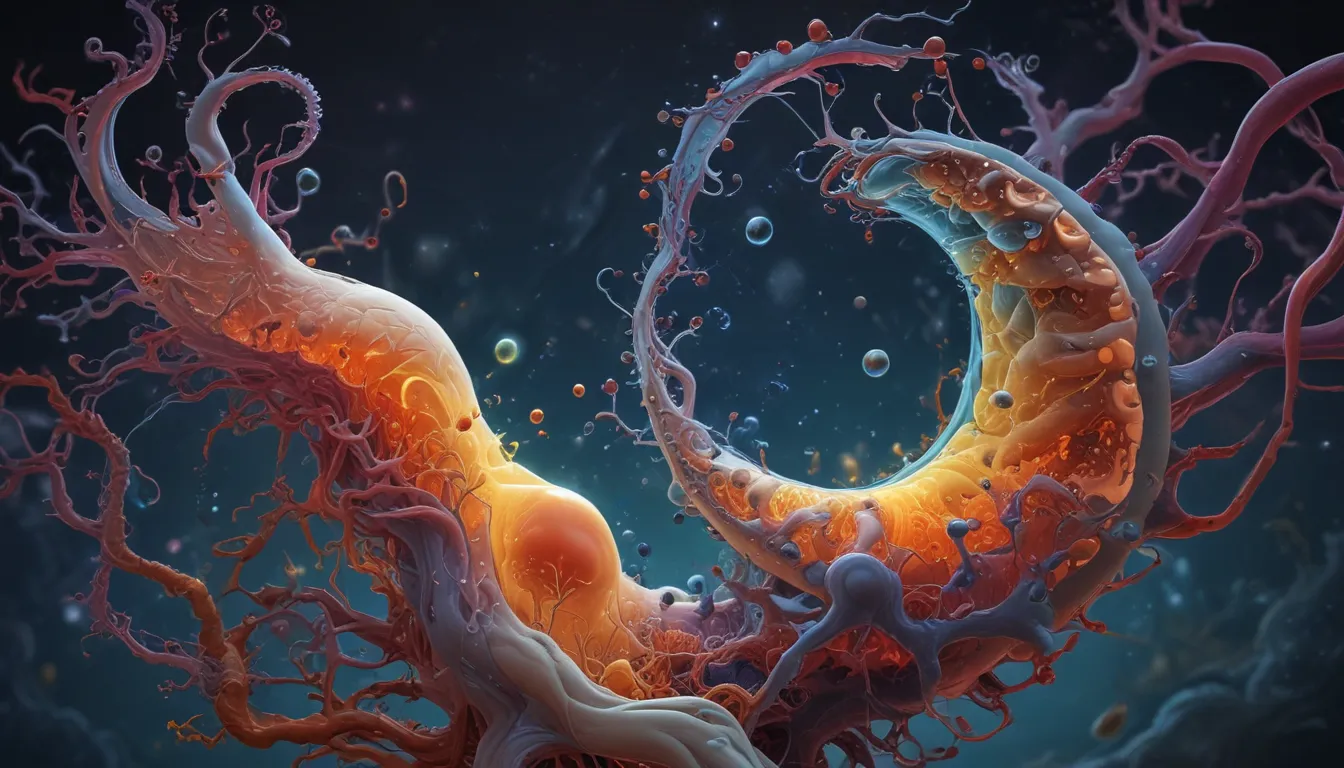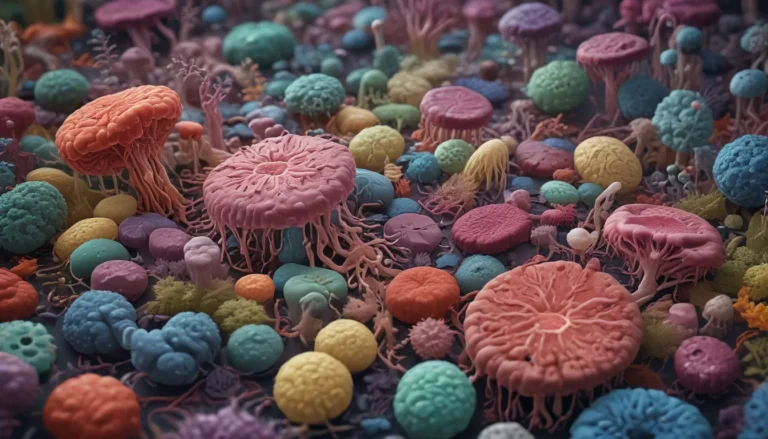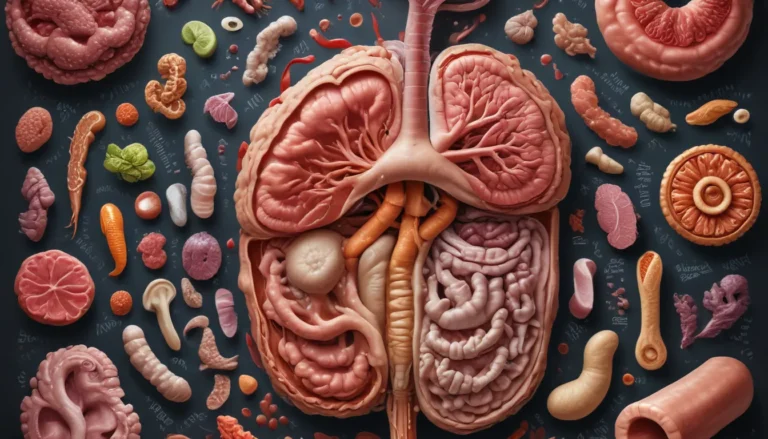A Note About Images: The images used in our articles are for illustration purposes only and may not exactly match the content. They are meant to engage readers, but the text should be relied upon for accurate information.
Enzyme catalysis, a vital process in biological systems, serves as a cornerstone for countless biochemical reactions. These remarkable catalysts, known as enzymes, possess the extraordinary ability to accelerate chemical reactions without being consumed. The intricate mechanisms governing enzyme catalysis have captivated scientists for centuries, leading to ongoing discoveries that shed light on the fundamental role enzymes play in the realm of life.
Unlocking the Power of Enzymes
- Enzymes, akin to biological superheroes, can speed up reactions by millions or even billions of times. They exhibit selectivity in their functions and can be modulated to maintain a harmonious balance within the body.
- From DNA replication to digestion and beyond, enzymes are the unsung champions of life, involved in a myriad of essential processes. They also serve as valuable diagnostic tools and can be engineered for innovative applications.
The Marvels of Enzymes
Enzymes, as biological catalysts, are specialized proteins that enhance the rate of chemical reactions by lowering the activation energy required for the reactions to proceed. Their efficiency in accelerating reactions enables biochemical processes to occur at a pace essential for sustaining life.
The Efficiency and Specificity of Enzymes
Enzymes exhibit remarkable efficiency, capable of accelerating reactions by factors of millions or even billions. Each enzyme is tailored to a specific reaction or a closely related group of reactions, owing to the unique shape and chemical composition of its active site.
Regulation and Sensitivity of Enzymes
Enzymes can be regulated to adjust reaction rates based on the cellular or organismal requirements. Regulation mechanisms, such as feedback inhibition and post-translational modifications, play a crucial role in maintaining homeostasis. Enzymes are also sensitive to changes in temperature and pH, with deviations impacting their activity significantly.
The Intriguing Diversity of Enzymes
Enzymes are classified into distinct categories based on the types of reactions they catalyze, such as hydrolases, transferases, and oxidoreductases. This diversity highlights the versatility of enzymes in driving various biochemical processes.
The Practical Applications of Enzymes
Enzymes find applications across a spectrum of industries, including food and beverage production, pharmaceuticals, textiles, and biofuels. Their role in these sectors underscores their significance beyond biological systems.
The Impact of Enzymes on Biological Processes
- Enzymes are essential for DNA replication, playing a pivotal role in the faithful duplication of genetic information during cell division.
- In the realm of digestion, enzymes such as amylases, proteases, and lipases aid in breaking down complex food molecules into simpler forms for efficient nutrient absorption.
- Enzymes also contribute to photosynthesis by catalyzing the fixation of carbon dioxide molecules, a critical step in converting light energy into chemical energy.
Engineering and Measurement of Enzyme Activity
Scientists can modify and engineer enzymes to enhance their catalytic properties, stability, or substrate specificity, opening doors to advancements in biotechnology and medicine. Methods such as spectrophotometry and fluorometry enable the quantification of enzyme activity, providing valuable insights into enzyme kinetics.
Embracing the Enzymatic Journey
Enzymes, the cornerstone of biological catalysis, drive essential metabolic pathways and ensure the smooth functioning of cellular processes. The captivating facts surrounding enzyme catalysis underscore the efficiency, specificity, and versatility of these extraordinary biomolecules.
Unveiling the Unseen Depths of Enzyme Catalysis
The exploration of enzyme catalysis unveils a world of complexity and elegance, showcasing the intricate interplay between enzymes and their coenzymes. As researchers delve deeper into the mysteries of enzyme function, new revelations and innovations await on the horizon.
Conclusion: Enzymes – Nature’s Pioneers of Catalysis
Enzyme catalysis stands as a pivotal process in biological systems, enabling reactions to occur with efficiency and precision. The astounding facts about enzymes exemplify their indispensable role in sustaining life and driving innovation across diverse fields. By unraveling the mysteries of enzyme catalysis, we gain profound insights into the fundamental processes of life and pave the way for groundbreaking discoveries.
Explore Further: Enzymes – The Catalysts of Life
Embark on a journey through the captivating realm of enzyme catalysis, where efficiency meets specificity, and the magic of biochemical reactions unfolds. Discover the untold stories and hidden wonders that lie within the intricate world of enzymes, nature’s catalytic marvels.
FAQs: Unveiling the Mysteries of Enzyme Catalysis
-
What is enzyme catalysis?
Enzyme catalysis is the process by which enzymes facilitate chemical reactions by lowering the activation energy required for reactions to occur, without being consumed in the process. -
How do enzymes lower activation energy?
Enzymes stabilize the transition state of a reaction, making it easier for reactant molecules to reach the energy threshold for a reaction to proceed, through precise arrangements within their active sites. -
Are all enzymes specific for a particular substrate?
Yes, enzymes exhibit specificity for specific substrates, with their active sites uniquely shaped to accommodate and catalyze particular reactions, regulating metabolic pathways effectively. -
How are enzymes used in industries?
Enzymes find diverse applications in industries, enhancing food production, enabling diagnostic tests in medicine, and driving processes in biofuel production, among other crucial roles.
With each revelation about enzyme catalysis, we uncover a deeper appreciation for nature’s complex and intricate mechanisms. Join us in exploring the boundless wonders of enzymes, where scientific curiosity meets the awe-inspiring beauty of biochemical reactions.






